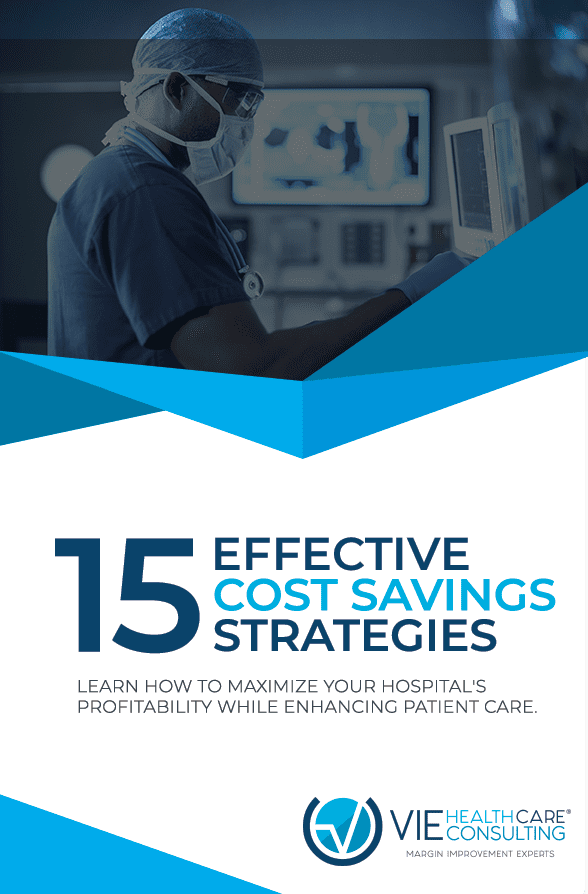Maintaining High Patient Satisfaction
Don’t underestimate the importance of measuring patient satisfaction.
“Creating or maintaining high patient satisfaction” ranked as the number one challenge that hospitals face. Eighty-two percent of the healthcare executives who participated in our Healthcare Leadership Survey reported that this was a challenge with which they most wanted to to deal with quickly.
With increased access to information and the ability to solicit second opinions easily, patients have become committed advocates for their healthcare—and the satisfaction of those patients now affects your hospital’s reimbursement.
The high level of concern with maintaining patient satisfaction shown in these data underscores just how critically important patient satisfaction is in healthcare today and also suggests strongly that healthcare executives need better solutions to ensure that patient satisfaction remains high.
Given the urgent need to ensure high patient satisfaction, we were not surprised to find that more than 67% of the hospital executives who responded to our survey ranked “measuring patient satisfaction accurately” as one of the top 5 challenges that they needed to face most urgently.
Because patients and prospective patients now have a plethora of information at their fingertips, healthcare has shifted from serving “passive patients” to an industry that must attract and serve discerning “healthcare consumers.”
Those healthcare consumers increasingly conduct their own research (e.g., reading online reviews, comparing prices, and seeking better service) before making healthcare decisions. Thus, healthcare providers must not only create messages that attract these consumers but also provide the “social proof” —in the form of online reviews, testimonials, statistical data, and even case studies from patients — that will persuade prospective patients.
But far too many hospitals have lagged behind their counterparts in other industries in garnering and leveraging that social proof from their patients. In fact, the instruments hospitals typically use to measure patient satisfaction do little to produce social proof.
Our experience has shown us that the inability of providers to (a) measure patient satisfaction thoroughly and to (b) generate the social proof hospitals need has cost them thousands of potential patients and millions of dollars in revenue.
To solve these problems, providers must obtain an accurate picture of what your patients think.
You cannot do so just by increasing the number of survey responses you receive—although that is certainly important. The central problem lies in ensuring that your survey responses represent accurately the various segments of your patient population: different age ranges, treatment levels, occupational categories, and opinions.
Why is that so important?
Because trying to make decisions with anything less than a representative sampling of your patients and their opinions is akin to trying to diagnose and treat an ankle fracture with a diagnostic image that shows only one toe.
Without the right data, you simply cannot make the right decisions. Click To Tweet
Now that we’ve covered the importance of patient satisfaction and measuring it, the continuation of this series will outline actionable steps to get up to speed on this incentive.
What’s one thing you do to ensure patient satisfaction is always at the top of your organization’s mind?



